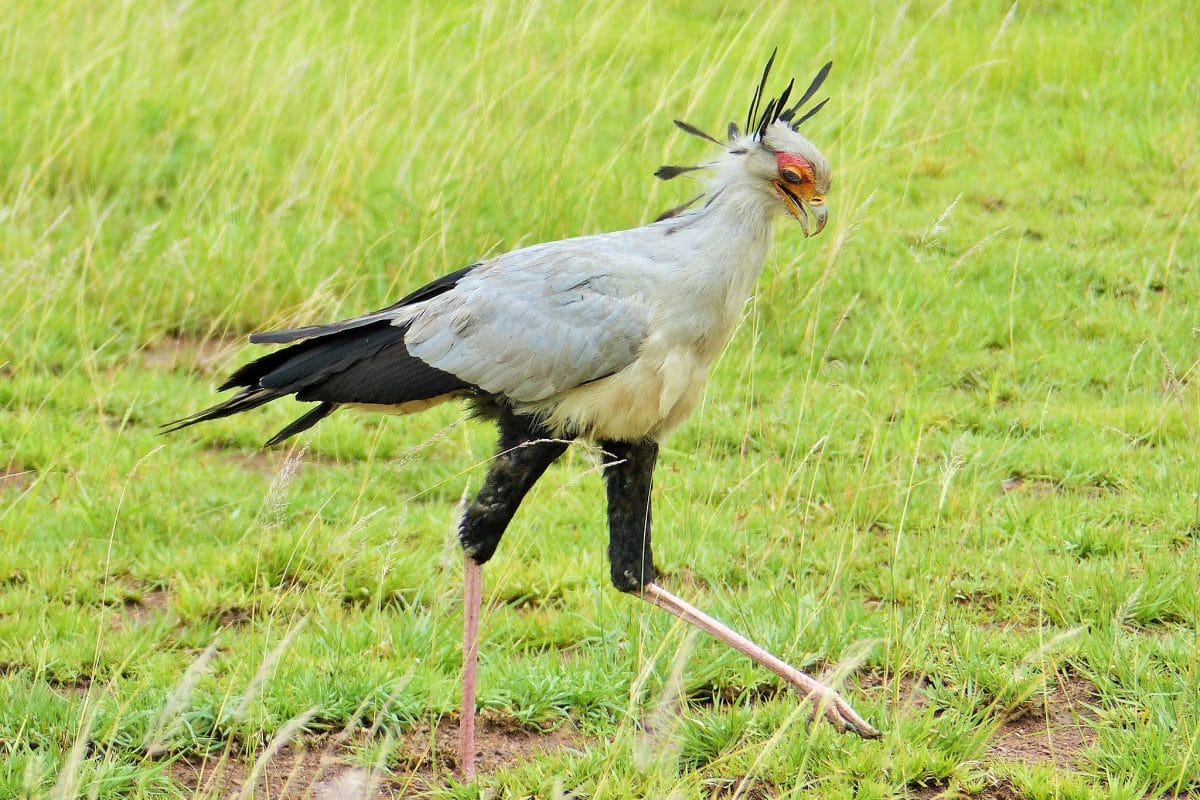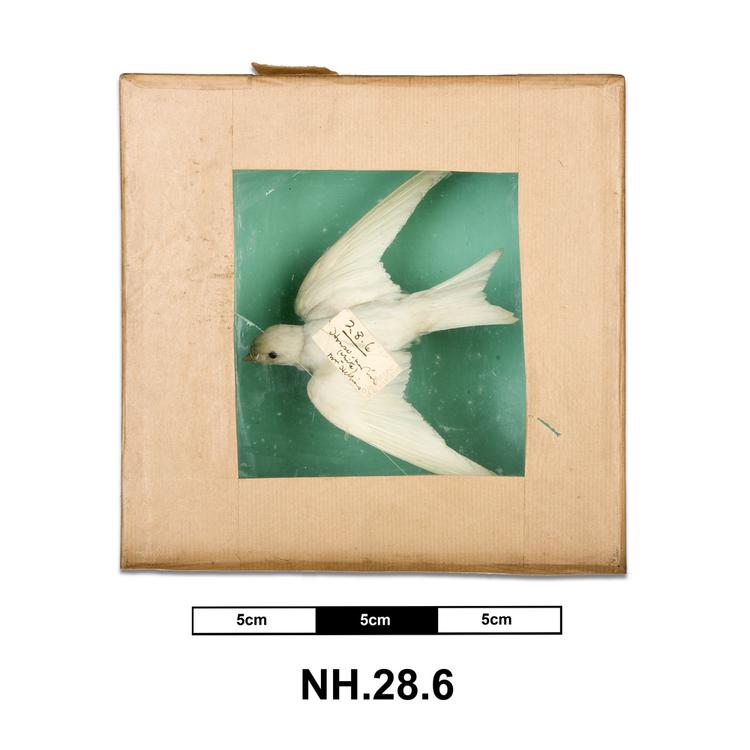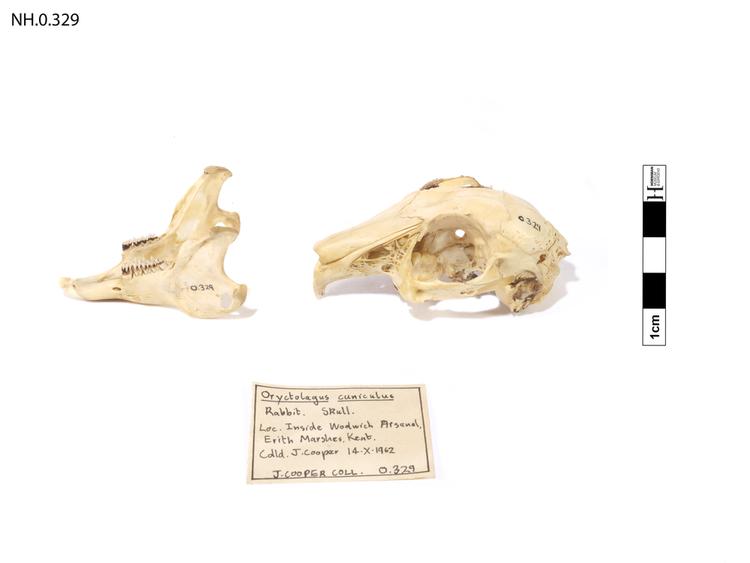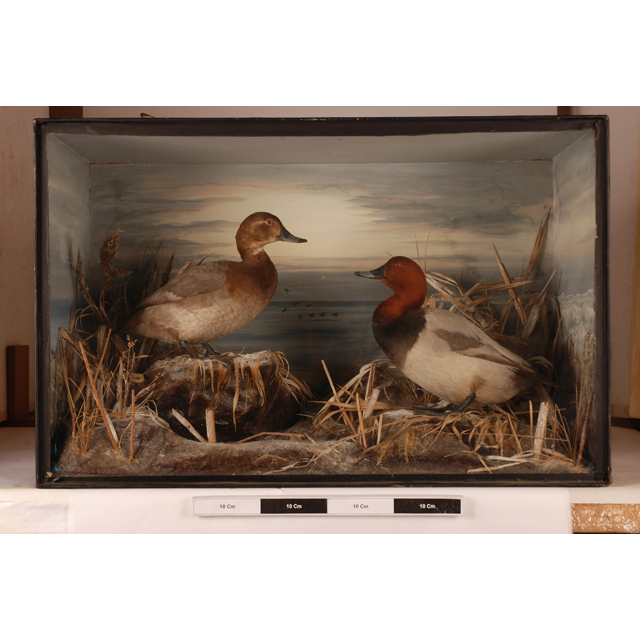An excellent striker
Their long gangly legs and striking facial palette may have you flicking past the Birds of Prey section in your Africa book, but they are actually thought to be most closely related to hawks and eagles.
The Secretarybird eat whatever they want including mammals, birds, amphibians and (often venomous) reptiles. Upon sighting something with lunch potential, Secretary birds will lash out with their long legs and well developed feet with impressive force. Prey such as venomous adders and cobras are kicked straight in the head: by pounding the business end of the snake into the ground, the Secretary bird decreases the chance of lunch biting back.
Once it’s definitely ceased to live, the Secretarybird will swallow the snake whole like a string of spaghetti. They will also stamp on tufts of grass to send any edible occupants running (probably unsuccessfully) for their lives.

What’s in a Name?
The species was first described in 1779 and given the name Falco serpentarius. Thanks to the Natural History Museum archives (three cheers for digitisation), we can see the 250 year old painting from the original 1779 manuscript. The Secretarybird only survived as a member of the Falco group for four years before its taxonomy was revised and it was put in its very own genus, Sagittarius. In case you were wondering, taxonomy is the system groups together organisms (like plants or animals) based on how closely related they are.

Not every Secretary bird is born between 23 November and 21 December like other Sagittarius, and their genus Sagittarius actually means bowman and refers to their appearance. The quill-like feather ensemble behind the head looks enough like feathered-arrows to have conjured an aesthetic kinship with archers in the 1700s. The species name Serpentarius refers to the Secretarybird’s love of snake dishes.
Enigmatic History
Before being formally described in 1799, the Secretary bird was illustrated in manuscripts dating as far back as 1240 (not a typo). The following images are originally from De arte venandi cum avibus (The Art of Falconry) by Holy Roman Emperor Frederick II. The label Bistarda deserti is thought to have been added in the 1600s and shows that at that time the Secretary bird was believed to be a species of bustard.

A Chartered Secretary(bird)
The Horniman’s taxidermy specimen can be traced back to South Africa. In 1951 it was given to the Institute of Chartered Secretaries and Administrators in London as a gift from the branch in South Africa.
The specimen was prepared by world-renowned taxidermists Rowland Ward Ltd, which adds even more excitement to its backstory if you’re the kind of natural history geek that likes to know these things. A few years ago it was decided the specimen should go to a museum. It was offered to a number of institutions before settling down and finding true happiness at the Horniman in 2011.






